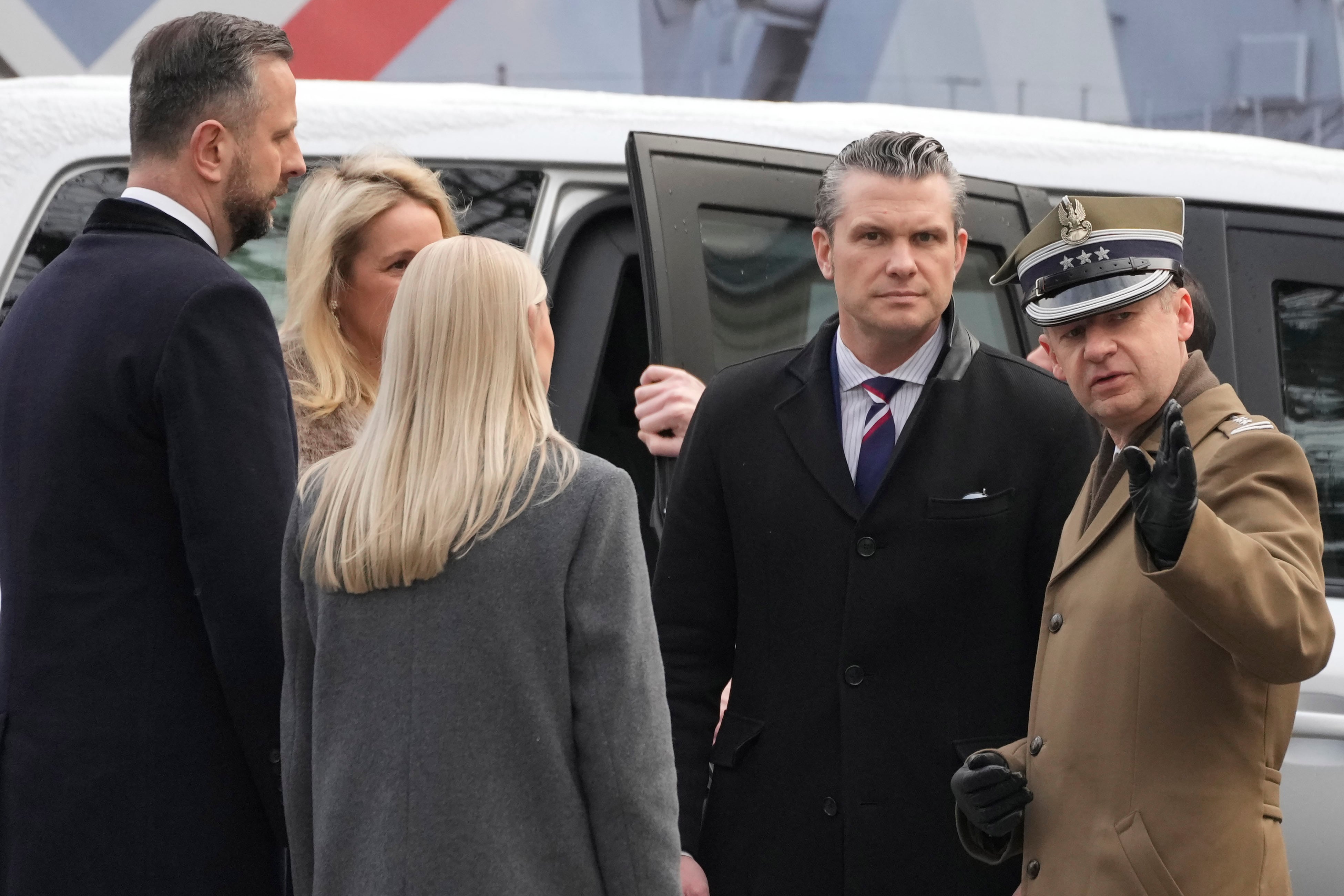The term "human terrain" is often used within the military. Individual Marines are encouraged to understand more about a local population they interact with, either on a deployment or while on liberty.
At the Marine Corps' Combat Hunter course, we specifically dive into this topic to help Marines better understand, to identify, and most importantly to predict human behavior.
For several hundreds of years scientists have studied our behavior as a species. Unilaterally, they conclude that we are predictable as creatures of habit that set patterns and are driven, at times, by uncontrollable responses in the brain.
Combat Hunter highlights these patterns to help recognize and explain why we act or react in a specific predictive pattern. Behavior that is consistent becomes predictable, which directly relates to military operations overseas or while on leave and liberty at home.
Imagine a popular singer visits your local diner and the fuss that creates. People are swarming and asking for autographs and selfies. We call this a Proxemic pull: We are pulled into situations we are interested in or feel safe around.
Conversely, if a crowd of Marines having a smoke see the first sergeant walking toward them, they scatter quickly. This is a Proxemic push: We push away from encounters we don't like or when we sense danger.
A crowd of people conducting normal business in a market overseas will show the same pushes and pulls that can be recognized and observed. When these occur, they have meaning and are not just random.
That's where the "so what?" comes in. Why did the locals grab their kids and bolt? What caused the men to congregate only around a car that just pulled up? How come yesterday the locals were smiling and shaking our hands, yet today they keep their distance and are quickly closing up the market?
Every one of us knows we like our space. We don't like strangers getting too close to us, so we move out of the way or cross the street to get away from them. Remember the last time you were in an elevator: Where did the next person stand when they entered? Typically they take a position furthest from another person, and so on as others enter the elevator.
This is another example of proximity or how we use the space around us. It is predictable, and a Marine can observe when a meeting takes place between more than one person: Do they know each other or not? Is one acting submissive or dominant over the other? Are they interested or uninterested? Are they acting comfortable or uncomfortable? This behavior can be seen in a crowd or in an individual and give a read to the other's intent.
Anybody can practice this by taking the time to observe people around them in their daily life. The next time you are in a mall, for example, take a seat in the food court or a bench and just watch people. Pick out who is together, who are just dating, the loners, who seems to be in a hurry, how most patrons dress, who is acting a bit odd, and determine why they stand out to you. By practicing this, you will be surprised how quickly you build file folders, or memories, of specific behavior. When you notice it again during one of your future travels, you will key in on it instantly.
People across the globe are wired the same on the inside-the culture may be different, but understanding what to expect behaviorally from people will help you to predict what they will do.
Human behavior is consistent and predictable. Understanding and studying this behavior will equip a Marine with a better understanding of the human terrain they are faced with no matter where they are deployed.
Gus Mingus is a retired Force Recon Marine and infantry officer who currently teaches profiling as an instructor at Combat Hunter, Advanced Infantry Training Battalion, School of Infantry-East, Camp Geiger, North Carolina. Opinions expressed in this commentary are his own.





